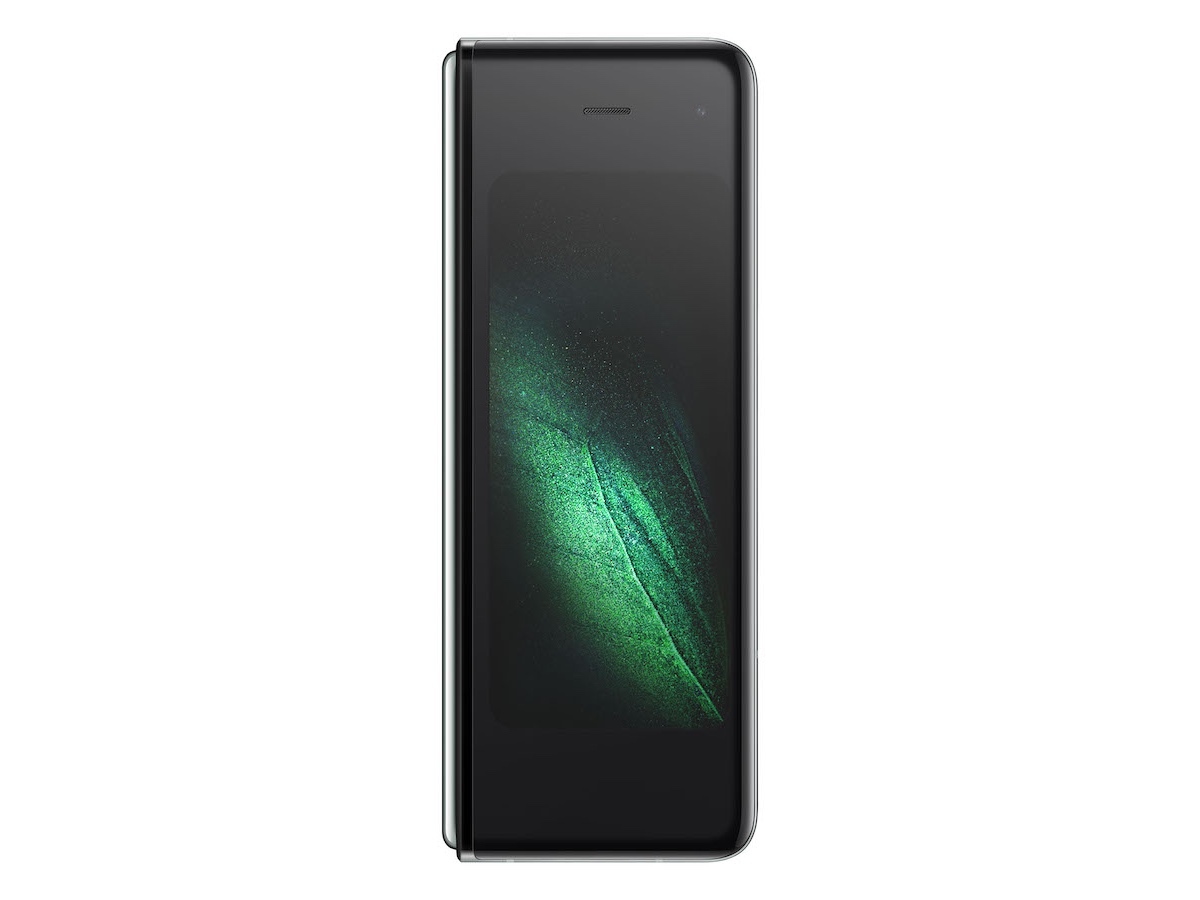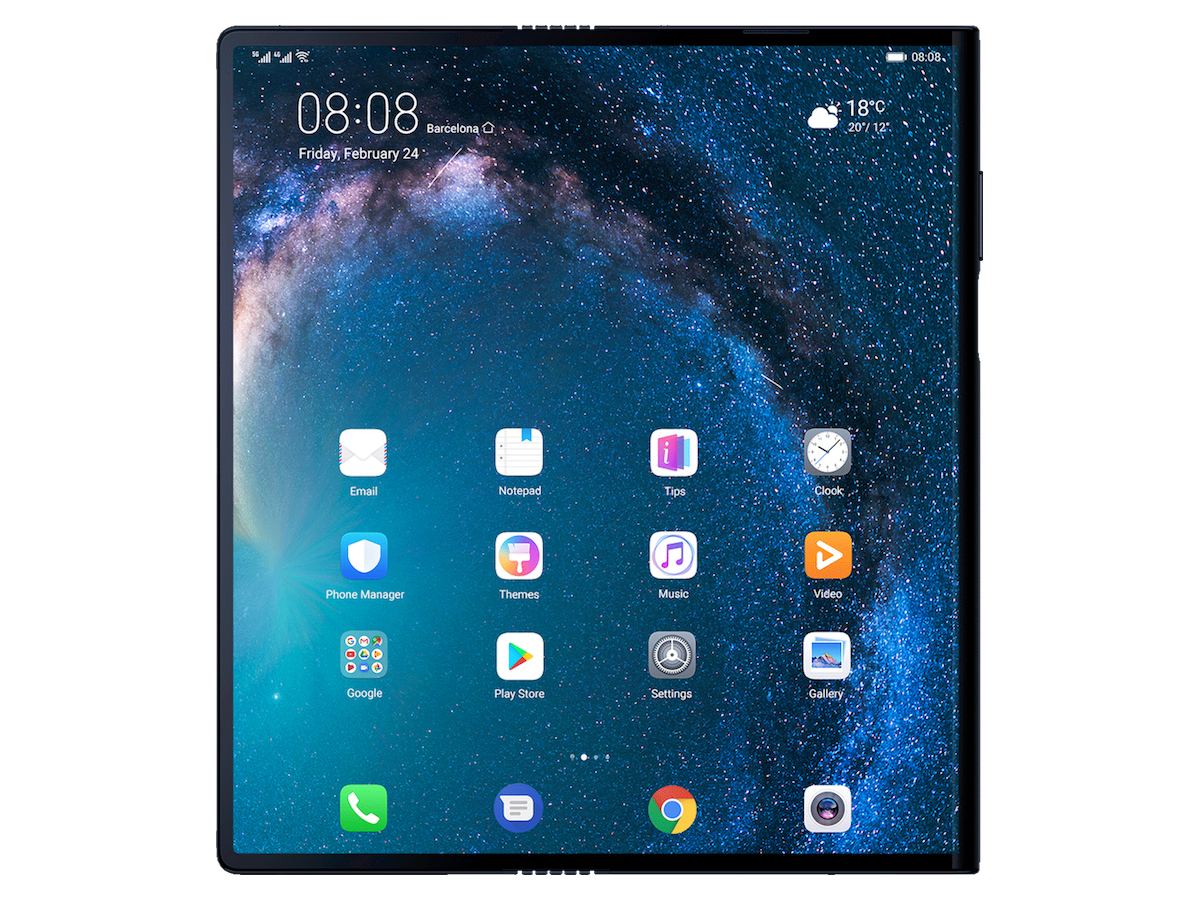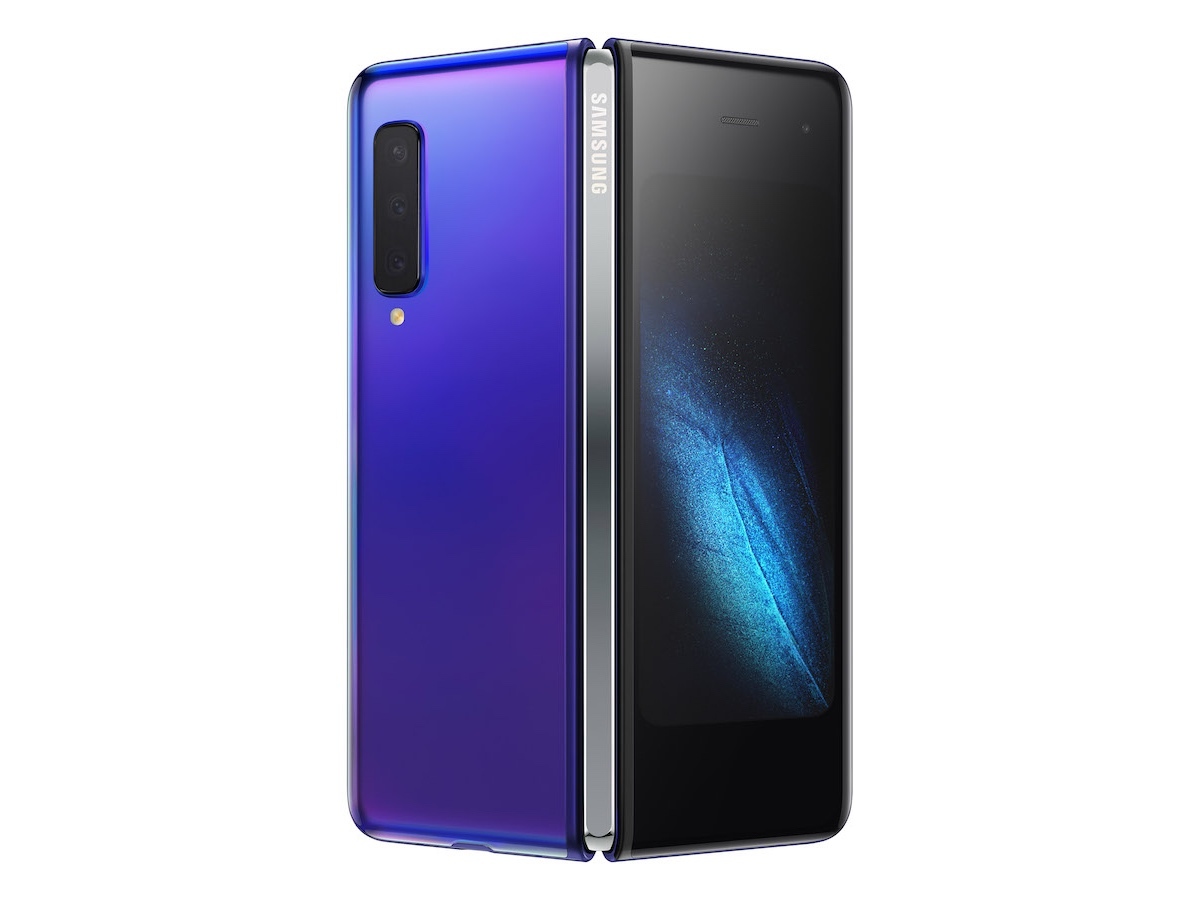Samsung Galaxy Fold vs Huawei Mate X: The weigh-in
The first major foldable phones enter the ring

Following years of rumours, the era of foldable smartphones is about to begin – and Samsung and Huawei, two of the world’s biggest and best phone makers, have shown their hands.
The Samsung Galaxy Fold and Huawei Mate X are both bold visions for what a foldable smartphone can look like, but each takes its own unique approach. Both are also incredibly, incredibly expensive, surely putting them out of reach of the average phone-buyer for the foreseeable future. Even so, they’re incredibly compelling concepts, and we can’t wait to get our hands on them.
For now, here’s a look at how the two phones compare in terms of design, screens, and other specs, and we’ll update this comparison once we review both handsets.
Design: Different approaches
They’re both foldable smartphones, but it’s pretty amazing how different these two phones are in terms of design and construction.
The Samsung Galaxy Fold opts for two separate screens: a small one on the outside, intended for one-handed use, and then a huge one hidden within the fold. When folded up, it’s a pretty meaty-looking handset – it literally looks like two smartphones stacked atop each other. You’re going to feel this one in your pocket. But it also looks pretty sturdy.
On the other hand, the Huawei Mate X has a single, large screen that folds around the back. That means that you can use it as a traditional phablet when folded up, or go for the full tablet-like experience when unfurled. The Mate X looks a fair bit thinner than the Galaxy Fold, making it potentially the more comfortable one to haul around.
Screen: Large and in charge
The Galaxy Fold’s outside screen isn’t terribly exciting: it’s a 4.6in OLED 21:9 panel at 1960×840, designed for one-handed usage. It’s what’s inside that really counts: a 7.3in 4.2:3 OLED panel at 2152×1536, which has a little corner chunk covered up by the camera module.
Meanwhile, the Huawei Mate X has a single 8in OLED display at 2480×2200, and when folded up, you get a 6.6in 2480×1148 screen on the front and 6.38in 2480×892 segment on the back. There’s no camera notch of any sort, as the three cameras are found on the "grip" – you’ll use them as both the main camera and selfie camera, depending on how you’re holding the phone.
Cameras: Three or six?
The Samsung Galaxy Fold has six cameras on it. Six cameras! We suppose it makes sense for a phone with two screens and two very different forms.
You’ll find a single selfie shooter on the front "cover" side of the phone, and then three back cameras on the other half of it: a 12-megapixel wide-angle lens that switches between f/1.5 and f/2.4, a 16MP ultra wide-angle lens at f/2.2, and a 12MP telephoto lens at f/2.4. That’s the same triple-camera setup as the Galaxy S10. And then when you unfold the thing, there are two cameras with the large screen: a 10MP (f/2.2) selfie-cam and 8MP (f/1.9) RGB depth camera.
As mentioned, however, the Mate 20 X keeps things a lot simpler by having a triple-camera Leica setup that works in both screen forms. It has a 40MP wide-angle lens, a 16MP ultra wide-angle lens, and an 8MP telephoto lens. Huawei’s Mate 20 Pro is our current camera champ, so there’s plenty of reason to be optimistic about the Mate X’s setup.
Performance: Power unfurled
You’ll get a powerful Android chip in both cases here: the Galaxy Fold uses an unspecified 7nm 64-bit octa-core processor, while the Mate X has Huawei’s Kirin 980 chip from the Mate 20 Pro. Samsung goes for 12GB RAM, while Huawei sticks to 8GB.
And both support 5G networks, as mentioned, so they’ll be plenty speedy if you’re on a carrier that supports them. The Galaxy Fold also comes in an LTE-only flavour, which we suspect is the cheaper (entry-level) one of the lot.
Battery and perks: Juiced up
You’ll get a beefy battery on both counts here: 4,380mAh on the Galaxy Fold and 4,500mAh on the Mate X. Samsung’s phone supports both wired and wireless charging, however, while Huawei sticks solely to wired charging for its foldable.
Both have a huge 512GB internal storage cache, but while the Galaxy Fold doesn’t have a microSD slot for expandable storage, the Mate X allows Huawei’s Nano Memory cards up to 256GB.
Both of these handsets also pack in a fingerprint sensor on the side power button. And did we mention that both are foldable phones with enormous screens? That’s kind of a unique perk…
Initial verdict: Enticing experiments
Initial verdict? Both of these handsets look incredibly unique and compelling… and both are insanely expensive and will probably never reach our pockets.
The Samsung Galaxy Fold ships on 26 April in both LTE and 5G varieties, with a starting price of US$1,980 (about £1,515). Amazingly, the Huawei Mate X will be even more expensive, selling for €2,299 (about £2,000) when it releases mid-year.
Design-wise, we think the Mate X is more visually appealing, especially with that thinner form – although the idea of a huge screen wrapped around the scratch-inviting outside already stresses us out a bit. On the other hand, the Galaxy Fold looks a bit more durable and sturdy, which is especially important when you’re shelling out well over a thousand quid for an experimental smartphone.
In any case, they’re cool – and we love to see Android makers getting weird instead of pumping out the same notched flagships for another year. Whether they actually catch on and go mass-market is another thing entirely, but kudos to Samsung and Huawei for thinking outside of the box on these inventive oddities.









